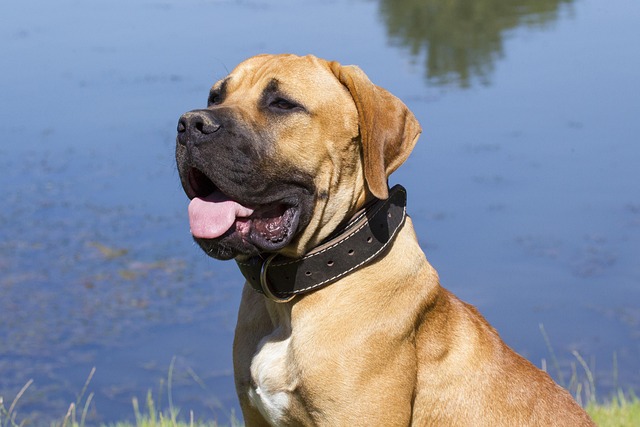If you've ever walked past a beautifully furnished apartment in San Francisco and seen a large dog crate tucked neatly in a corner, you might have wondered why it's there. For many new dog owners, the word "crate" can conjure images of confinement. But when chosen and used correctly—specifically, a crate that is large enough for your dog to stand up, turn around, and lie down stretched out—it transforms into something entirely different: a personal sanctuary. The benefits stem from tapping into a dog's natural "den instinct." In the wild, canines seek out small, secure dens for safety and rest. A properly sized crate mimics this secure environment, reducing anxiety and providing a predictable, safe space that belongs entirely to your dog. This isn't about restriction; it's about offering a foundation for security and calm behavior.
The science behind this is rooted in canine behavior. A crate that is too small causes stress and discomfort, while one that is excessively large can undermine its den-like feeling and encourage a dog to soil one end. The ideal large crate strikes a balance, offering security without confinement. The key to success is positive association. You never want to use the crate as punishment; instead, make it the most rewarding place in the house. Feed meals inside it, hide special treats and safe chew toys like Kongs stuffed with peanut butter within it, and keep the door open for voluntary naps. This positive reinforcement-based approach is the ethical standard for crate training, aligning with modern animal welfare principles in the U.S. and Europe that emphasize choice and comfort over forced confinement.

Integrating a large crate into your daily routine offers immense practical benefits, especially for apartment living. It provides a safe haven for your dog when you can't provide direct supervision, preventing them from chewing on electrical cords or household items—a common issue for bored or anxious puppies. It also becomes an invaluable tool for house training, as dogs are naturally reluctant to soil their sleeping area. Furthermore, a crate-trained dog travels more safely and calmly, whether it's a trip to the veterinarian or a family road trip to a Colorado cabin. This practice of responsible management dovetails with broader ownership duties. Before your dog even needs to travel or board, ensuring their rabies vaccination and other core vaccines are up-to-date is a legal requirement in most states, crucial for their health and public safety.
Using a crate responsibly also reflects community awareness. A dog that is calmly crated when a delivery person arrives is less likely to bark excessively, a key consideration in shared apartment buildings. This mindful management extends to life outside the home. Just as you manage your dog's space indoors, being a courteous neighbor outdoors means always carrying waste bags and cleaning up promptly on walks—a simple act that is often a local law. Ultimately, a large dog crate, when introduced with patience and positivity, is not a cage but a cornerstone of responsible, modern dog ownership. It’s a tool that promotes safety, reduces anxiety, and helps your dog feel secure in a human world.






